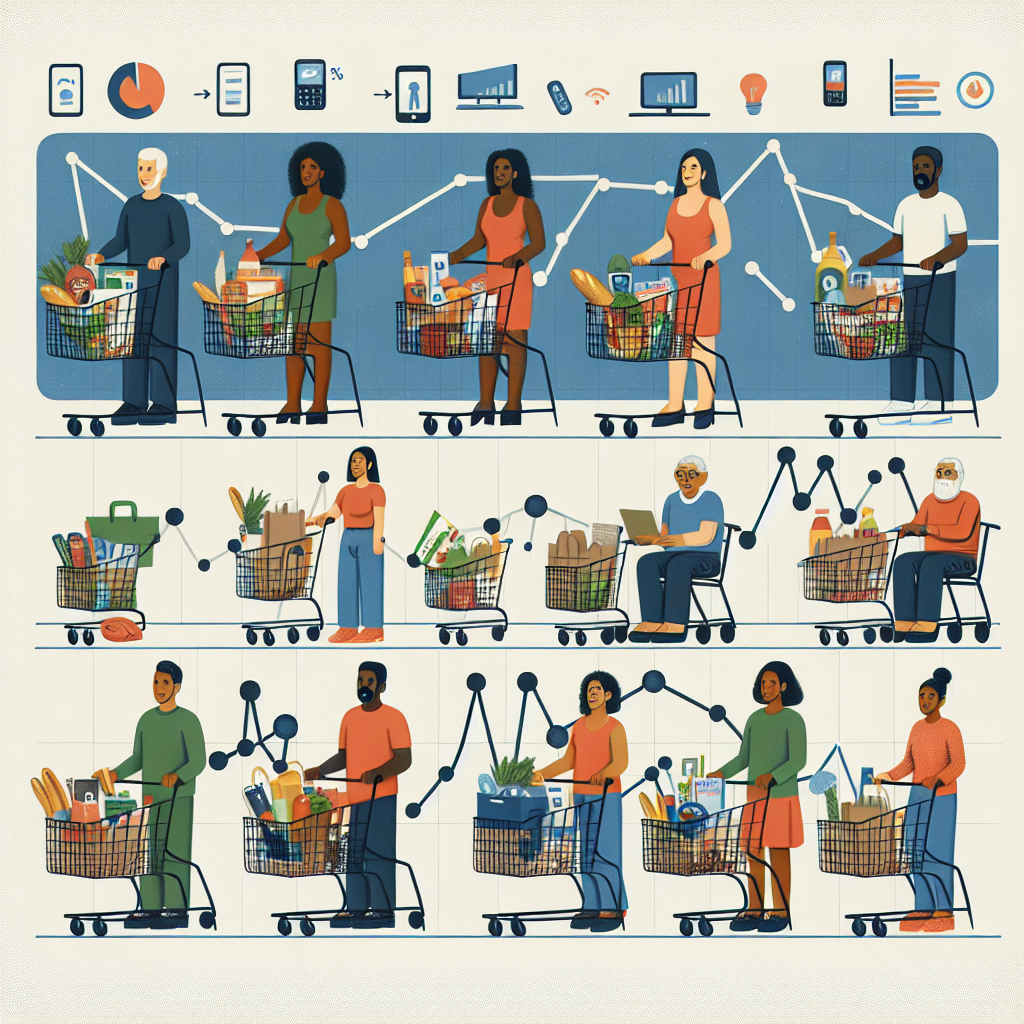Surge in U.S. Consumer Spending Defies Inflationary Pressures
In November, U.S. consumer spending surged, highlighting economic resilience despite inflationary pressures. The Federal Reserve projected fewer interest rate cuts in 2025 due to this robust demand. Key drivers included motor vehicle purchases and recreational goods. However, wage gains mainly benefited middle- and higher-income households, leaving lower-income consumers under pressure.

U.S. consumer spending rose significantly in November, signaling robust economic resilience amidst persistent inflationary pressures. The Federal Reserve's recent decision reflected this, projecting fewer interest rate cuts in 2025 than anticipated earlier.
Key drivers of this spending surge included a strong demand for motor vehicles and recreational goods. Notably, households replaced vehicles impaired by Hurricanes Helene and Milton, contributing to higher spending rates.
Despite strong wage growth and low layoffs boosting consumer spending, financial pressures on lower-income consumers persisted, as wage increases primarily benefited middle- and higher-income households. This economic dynamic leaves the income inequality discourse central to future fiscal discussions.
(With inputs from agencies.)
ALSO READ
India's Agricultural Export Resilience Amid US Tariff Challenges
India's Strategic Resilience Amid US Tariff Turmoil
Australian PM's Stage Stumble: A Moment of Resilience
Resilience Amidst Rubble: India's Heroic Efforts in Quake-Hit Mandalay
Echoes of Resilience: Mahrang Baloch's Call for Unity from Jail










